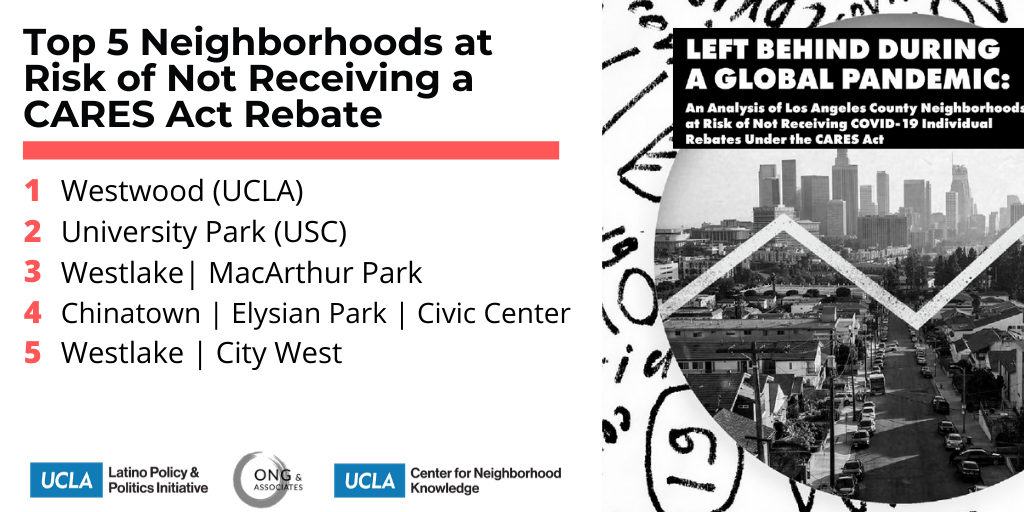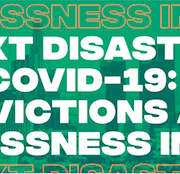Assessing Vulnerability Indicators and Race/Ethnicity
A new report by UCLA Center for Neighborhood Knowledge, UCLA Center for Health Policy Research, and Ong & Associates assesses four vulnerability indicators that are being used by public agencies as policy tools to select the most vulnerable neighborhoods for interventions. These indicators can play a role in prioritizing the provision of pandemic resources and services; consequently, they have implications for how many people of color and minority neighborhoods are served.
This study compares three pre-pandemic indicators and a more recently developed indicator based on pre-existing health conditions. The analysis focuses on the numbers of people of color residing in designated high-vulnerability neighborhoods, and the relative number of minority neighborhoods that fall into the high-vulnerability areas. Race/ethnicity is important because people of color encounter multiple dimensions of inequality that are only partially reflected in the indicators.
The findings show noticeable differences in the groups and places designated as being vulnerable, thus the choice of which indicator to use has highly consequential implications in terms of who is served and who is not along racial lines.
Access the full report here >>> Assessing Vulnerability Indicators and Race/Ethnicity





 https://census.lacounty.gov/census/
https://census.lacounty.gov/census/ 





Leave a Reply
Want to join the discussion?Feel free to contribute!